Symptoms & Types
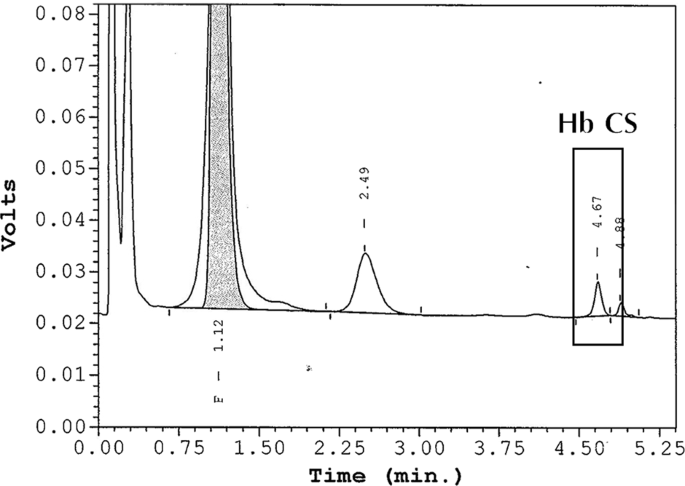
Hemoglobin Constant Spring
Hemoglobin Constant Spring is a rare type of alpha-thalassemia caused by a mutation in the alpha globin gene. The affected gene produces an abnormal and unstable form of alpha globin. Symptoms can range from mild to severe anemia, depending on the amount of unstable hemoglobin produced.

Hemoglobin Lepore
Hemoglobin Lepore is a rare genetic condition caused by the fusion of delta and beta globin genes. Symptoms vary in severity, ranging from mild anemia to symptoms similar to beta-thalassemia such as fatigue, shortness of breath, and pale skin color. Early diagnosis and management are critical for improving quality of life.

Hemoglobin E (HbE) Beta-Thalassemia
Hemoglobin E beta-thalassemia is a combination of beta-thalassemia and hemoglobin E, a variant of hemoglobin. The severity of the condition depends on the extent of beta-globin gene mutations and the presence of hemoglobin E. Patients may experience a wide range of symptoms, from mild to severe anemia.
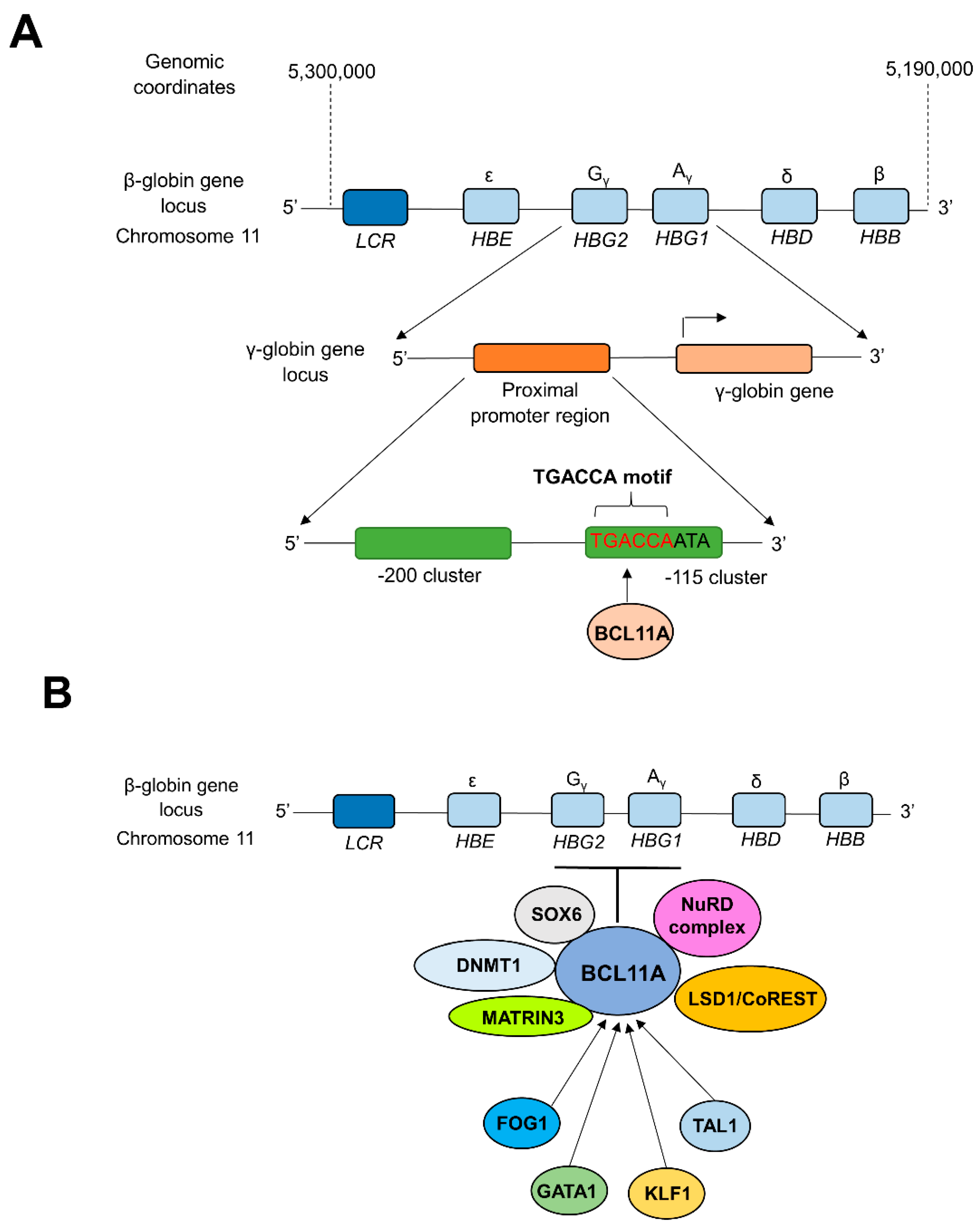
Beta-Thalassemia with Epsilon Gamma-Delta-Beta Variant
The phenomenon being referred to here delves into the unique form of beta-thalassemia, a genetic blood disorder characterized by abnormalities in the epsilon, gamma, delta, and beta globin genes. This particular variation of the condition is known to pose significant challenges to those affected, given its correlation with severe anemia - a condition that indicates a significant decline in the number of red blood cells or the amount of hemoglobin in the bloodstream. This kind of anemia can be incredibly dangerous and challenging to manage on its own, but with the added layer of complexity that this specific variant of the condition presents, it necessitates intense medical intervention and specialized care. Therefore, treating and managing this variant of beta-thalassemia requires a comprehensive approach that takes into account numerous factors, ranging from genetic markers to a patient's daily routine.

Beta-Thalassemia
Beta-thalassemia is caused by reduced or absent production of beta globin chains. There are three types: Beta-Thalassemia Minor, which affects one beta globin gene and causes mild anemia; Beta-Thalassemia Intermedia, which is caused by mutations in both genes, causing moderate to severe anemia requiring occasional blood transfusions; and Beta-Thalassemia Major, affecting both genes, resulting in significant hemoglobin reduction and usually appearing in early childhood, requiring regular blood transfusions and chelation therapy to manage iron overload.

Alpha-Thalassemia
Alpha-thalassemia has four types: Silent Carrier (1 gene missing), Alpha-Thalassemia Trait (2 genes missing), Hemoglobin H (3 genes missing) and Hemoglobin Bart Syndrome (all 4 genes missing). Silent Carriers have no symptoms but can pass the gene to their offspring. Alpha-Thalassemia Trait causes minor anemia and requires no specific treatment. Hemoglobin H Disease leads to moderate to severe anemia that may require a blood transfusion. Hemoglobin Bart Syndrome is the most severe and can be fatal in early infancy, causing severe anemia and complications.
Join Us
Thalassemia Info
Discover hope and support for thalassemia at our website! Learn about the different types of thalassemia, treatment options, and ways to improve your quality of life. Join our community and find valuable resources to empower you and your loved ones in the journey against thalassemia. Visit us today and together, let’s create a brighter future for those affected by this condition
Symptoms of Thalassimea
Thalassemia is a genetic blood disorder characterized by abnormal hemoglobin production, leading to inadequate red blood cell production. It can cause anemia, fatigue, organ damage, and requires lifelong management and treatment.

Fatigue
Persistent tiredness and lack of energy due to reduced oxygen-carrying capacity of blood.

Shortness of breath
Difficulty in breathing due to reduced oxygen supply to tissues.
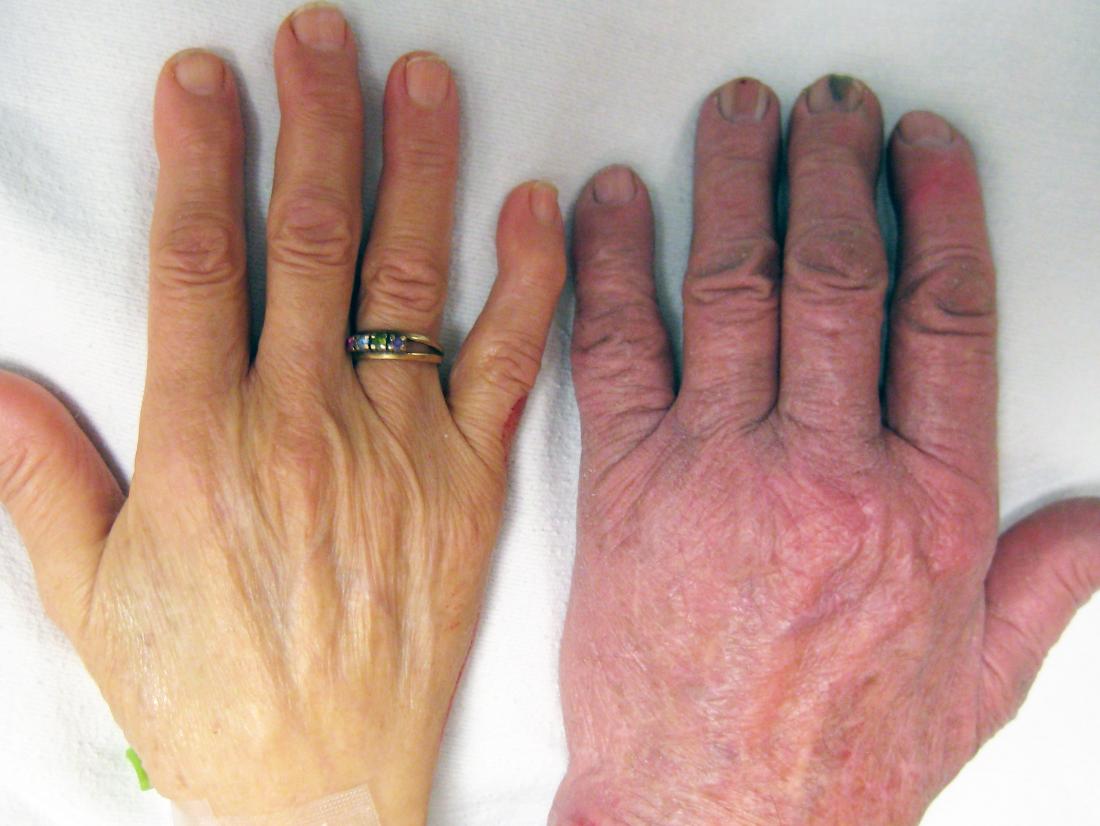
Pale or yellowish skin
A common symptom of anemia resulting from decreased red blood cell count.
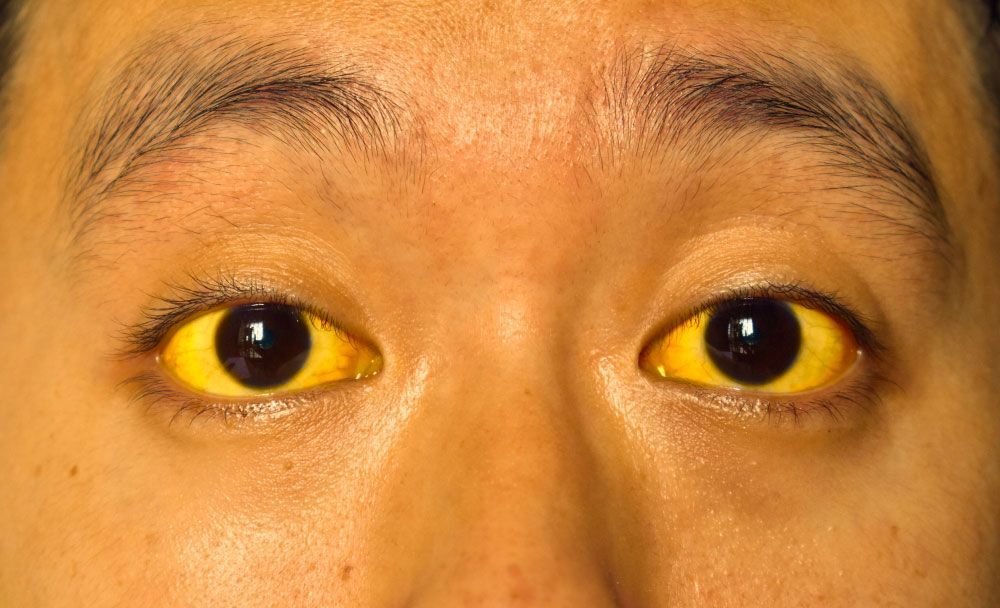
Jaundice
Yellowing of the skin and eyes caused by excessive breakdown of red blood cells.

Bone deformities
Abnormal bone growth and skeletal abnormalities due to increased bone marrow activity.
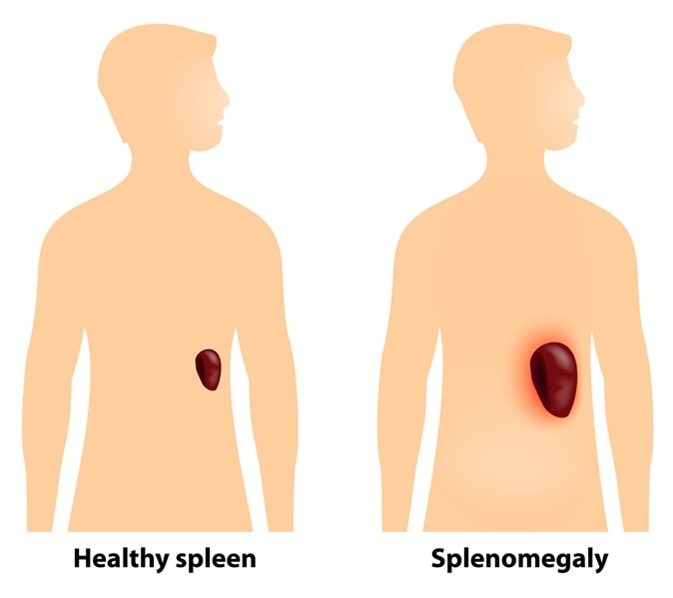
Enlarged spleen
A swollen spleen, resulting from increased red blood cell destruction and storage.
